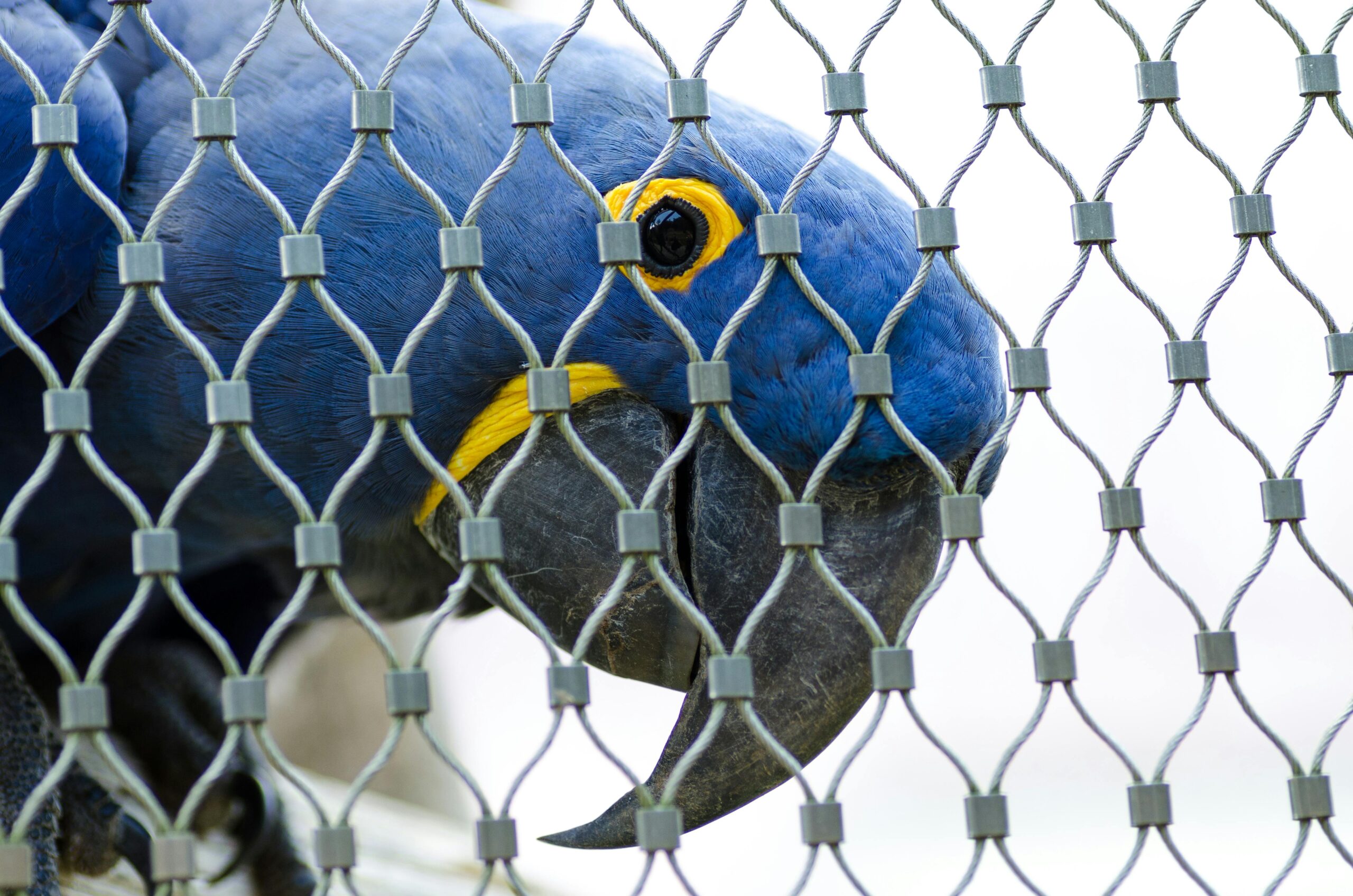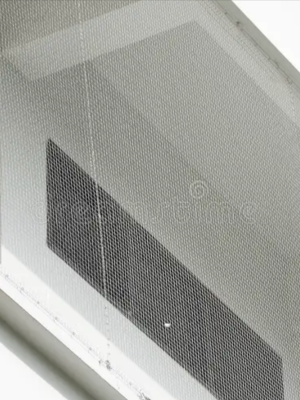Anti-Bird Nets
The Ultimate Guide to Anti-Bird Nets: Protect Your Property Effectively
Introduction
Birds, while beautiful and fascinating, can sometimes become a nuisance, especially when they invade your property. Whether it’s your garden, farm, or building, birds can cause significant damage, leading to financial loss and health hazards. That’s where anti-bird nets come into play. These nets are an effective solution to keep birds away and protect your property. In this guide, we’ll dive deep into everything you need to know about anti-bird nets.
What Are Anti-Bird Nets?
Anti-bird nets are specially designed nets used to prevent birds from accessing certain areas. They are made from various materials, including nylon and polyethylene, and come in different sizes and types to suit various needs. The primary purpose of these nets is to create a physical barrier that birds cannot penetrate, thereby safeguarding crops, buildings, and other structures.



Types of Anti-Bird Nets
Knotted vs. Knotless Nets
Knotted nets are more durable and less likely to stretch out of shape, making them ideal for long-term use. Knotless nets, on the other hand, are lighter and more flexible, suitable for less demanding applications.
Nylon Nets
Nylon nets are known for their durability and resistance to weather conditions. They are an excellent choice for areas that experience harsh weather, ensuring long-lasting protection.
Polyethylene Nets
Polyethylene nets are UV resistant, making them suitable for outdoor use where exposure to sunlight is constant. They are also lightweight and easy to install.
How to Choose the Right Anti-Bird Net
Choosing the right anti-bird net involves assessing your specific needs. Consider the type of birds you need to deter, the area you want to cover, and the environmental conditions. Quality and budget are also important factors. Investing in a high-quality net can save you money in the long run by providing more durable and effective protection.
Installation of Anti-Bird Nets
Preparation
Before installing your anti-bird net, measure the area you need to cover and gather all necessary tools and materials. This preparation will ensure a smooth and efficient installation process.
Step-by-Step Installation Guide
- Measure and cut the net to fit the area.
- Secure the net’s edges with hooks, nails, or other fasteners.
- Stretch the net across the area, ensuring it is taut.
- Check for gaps and make adjustments as needed.
Professional vs. DIY Installation
While DIY installation can save money, professional installation ensures the net is properly fitted and secured. Consider your budget and the complexity of the installation when making your decision.
Maintenance of Anti-Bird Nets
Regular inspection and maintenance are crucial for the longevity of your anti-bird net. Check for any damages or wear and tear, clean the net to prevent debris buildup, and repair any holes or loose areas promptly.
Benefits of Using Anti-Bird Nets
Anti-bird nets offer several benefits, including cost-effectiveness, environmental protection, and long-term durability. They provide a humane way to keep birds at bay, reducing the need for harmful repellents or other deterrents.
Common Issues and Solutions
Handling Wear and Tear
Regular inspection and prompt repairs can help manage wear and tear. Using high-quality materials can also reduce the frequency of repairs needed.
Dealing with Persistent Birds
For persistent birds, consider using additional deterrents like bird spikes or ultrasonic repellents alongside your anti-bird net.
Preventing Entanglement
Ensure the net is taut and properly secured to prevent birds from getting entangled. Regular checks can help identify and address potential entanglement issues early.
Anti-Bird Nets in Different Settings
Agricultural Use
Anti-bird nets are extensively used in agriculture to protect crops and livestock from bird interference. They are essential for ensuring the quality and quantity of agricultural produce.
Urban Use
In urban areas, anti-bird nets protect buildings, monuments, and other structures from damage caused by birds. They help maintain the cleanliness and appearance of urban environments.
Industrial Use
Industrial settings, such as warehouses and factories, use anti-bird nets to prevent birds from nesting and causing operational disruptions. These nets help maintain hygiene and safety standards.
